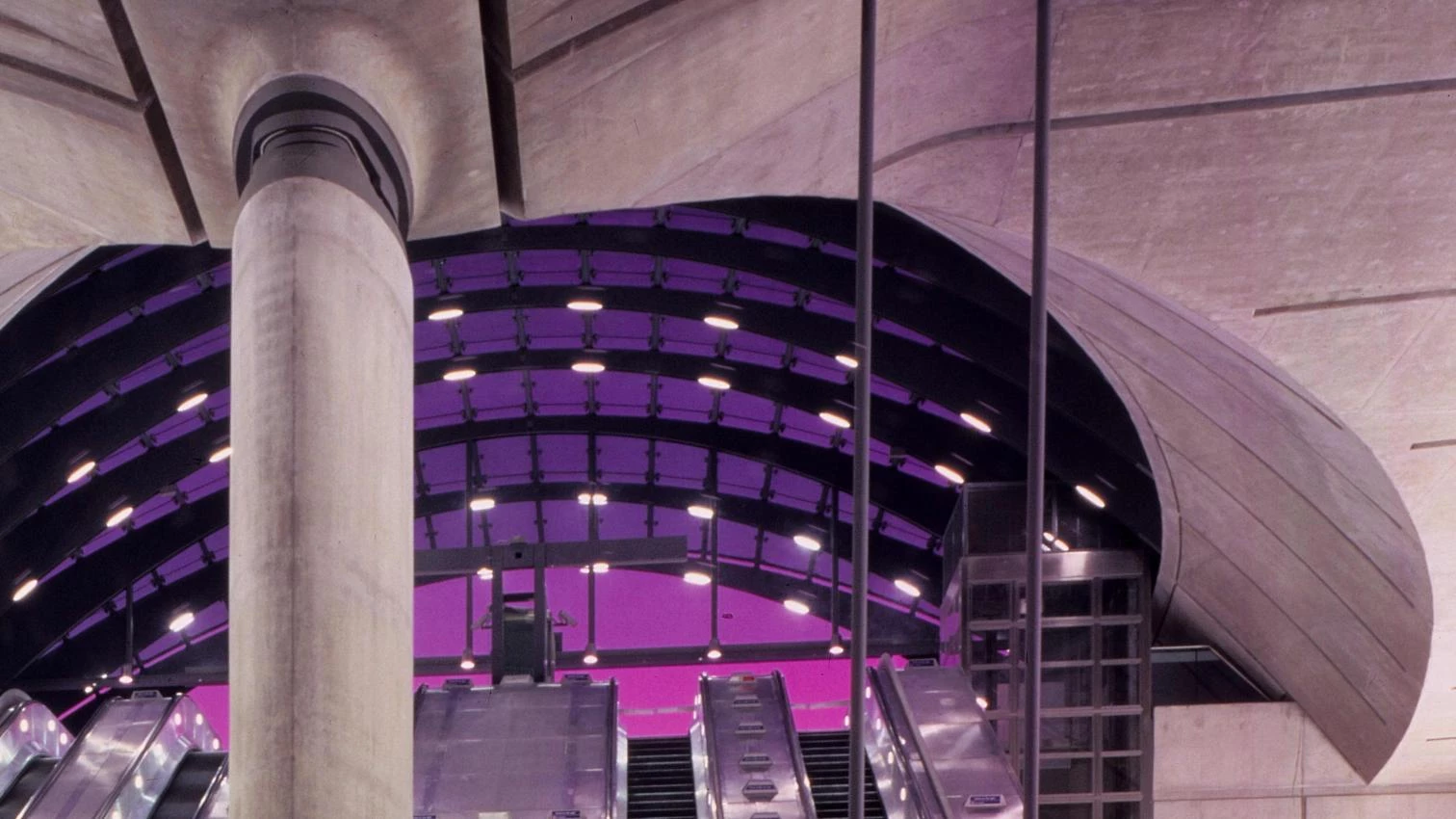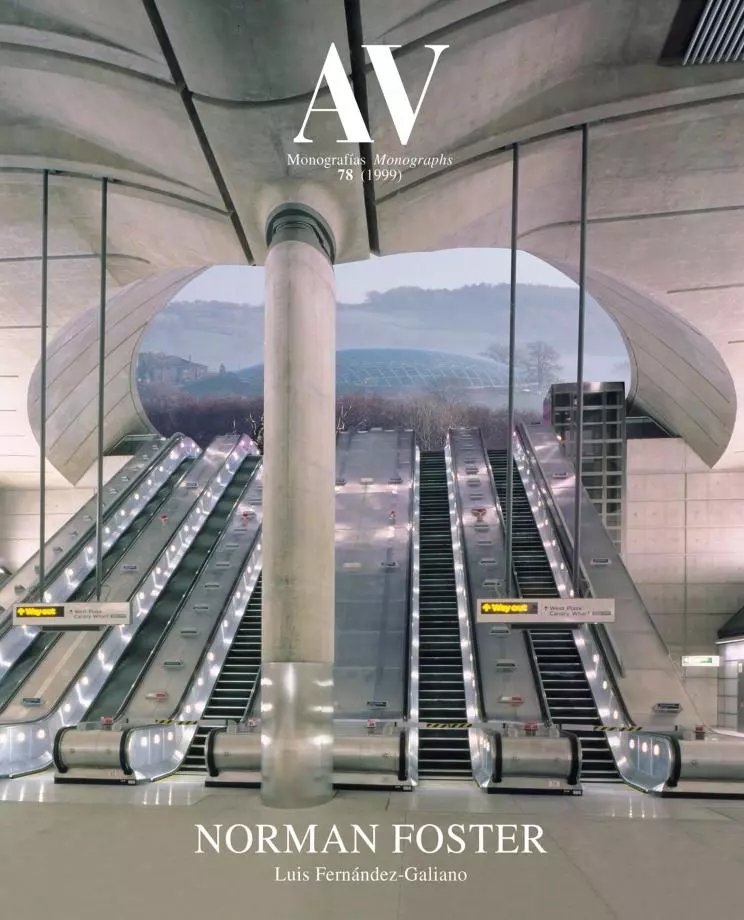A Global Practice: the Responsibility of Influence

Foster and Partners could now be described alternatively as the more prestigious large practice or as the larger prestigious practice in the world. Either way, its central role places a heavy responsibility on its shoulders. For several consecutive years, the firm has topped British ranking for fees earned and peers’ esteem, and this two-sided material and cultural success has pushed Foster to the peak of professional and social influence. At the same time, the exponential growth of the office is tarnishing the quality of its output, and Foster’s popularity runs parallel with an erosion of his image among critics, younger architects and students. To a certain extent, this is due to the changing fashions of our time, and the frivolous appetite for novelty in the young and the media; but to some degree, Foster himself is also to blame: overburdened with a colossal office, he seems progressively devoured by a machinery that is bound to demand more representation than insight from its leader. However, at this point in his career, the responsibility of Foster towards his clients, employees and partners must be shared with his responsibility towards architecture and society at large, towards students, colleagues and the public. The media is now saturated with Foster images, but his ideas are wanting. Under the deluge of buildings and projects expediently expelled by the fine team of the office, one misses the visual and verbal arguments that provided the backbone of his early career: after all, the geometrical clarity, technical ingenuity and social awareness of his work makes it a pedagogical treasure trove; and his stubborn commitment to excellence and humanistic convictions makes him as good a role model as can be found. But Foster has become too popular and powerful, and as is often the case, discriminating criticism has been replaced by flattery or disdain. This record of his career has tried to redress the balance, providing interpretative clues and an orchestration of the works that hopes to shed light on its development. It is fitting to close with the non-buildings of the last decade: objects so large that become cities, like the Millennium Tower; or small enough to be mobile, like the urban furniture or the vehicles; subterranean constructions that cut the surface of the land to allow flows of movement to emerge; and constructions that flow with the land, cutting their way with silent movement. Because it is this non-architecture of planning, design, engineering or landscape where the future of architecture in the coming century must surely lie...[+]





